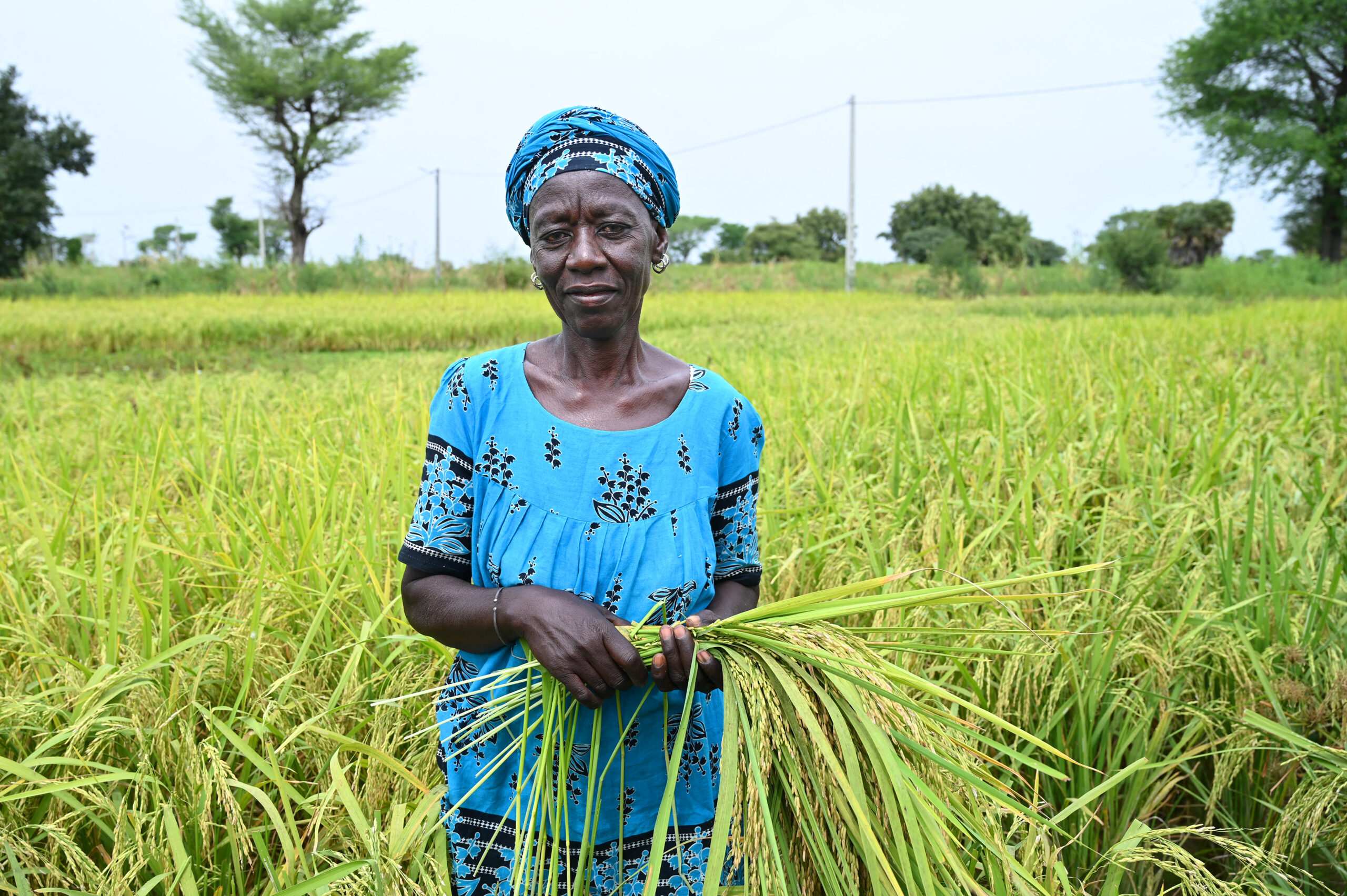It’s early days, but there’s no ignoring the pace with which Asia-Pacific international bond issuers have shot out of the blocks in 2023.
By Wednesday morning, $40.8 billion had been issued across the region, the highest volume on record for the start of a year, and up more than 30% on the same period in 2022.
On a single day, January 4, five separate Asia-Pacific issuers priced international bonds, including the sovereigns of Hong Kong and Indonesia, Korea Eximbank (Kexim), and two leading commercial players, National Australia Bank (NAB) and Nomura.
Moreover, most of these were big deals: $3 billion apiece from the two sovereigns, and in Hong Kong’s case an additional €1.25 billion and Rmb10 billion. Kexim’s three-tranche deal was worth $3.5 billion, Nomura’s $1.9 billion and NAB’s $2.25 billion. None of them quite matched a $5.8 billion deal from Sumitomo Mitsui Financial Group the previous day.
But even smaller deals could have taken the jumbo route had they wanted to: those close to a modest $300 million bond from Posco say the order book hit $6 billion – a 20-times oversubscription. It has been a while since we’ve talked about numbers like that.
The real question is whether smaller issuers then follow, gaining advantage from the tailwinds and making for a much longer curve of issuance
The onslaught is a considerable relief to the region’s investment bankers, for whom last year started dismally and then got worse. The reasons – the Fed, global rate volatility, Ukraine, China property, Greater China Covid lockdowns – are well-rehearsed by now, and they all contributed to a bleak environment that led to offshore dollar bond volumes from the region more than halving in 2022 relative to 2021.
Even if all we were facing right now was something like normality, it would represent a compelling market in which to issue. Boring and flat is good for an issuer, compared to what came before.
But the fact is, 2023 has started brighter than anyone had expected, most obviously because of a pivot in the global rates environment and encouraging sounds from China: the country has unexpectedly set about opening up and digesting the pandemic, while also promising greater support to the property sector and being notably less antagonistic on tech.
Add that to the liquidity that investors have built up, renewed confidence on the part of big real-money players and a return of hedge fund investment into fixed income, and you have what one syndicate head calls “the stars aligning”.
But is this a brief window into which the bigger names have crowded before it shuts again, or ought we to see lasting momentum in 2023?
The big issues in the early days of the year were welcome, but they mainly represented benchmark issuers who were always going to find a willing audience. The real question is whether smaller issuers then follow, gaining advantage from the tailwinds and making for a much longer curve of issuance.
Firsts
In this respect, perhaps the most notable deal of the year is not the heavyweight landmarks but a $400 million inaugural 3.5-year sustainability-linked bond offering from Chinese private-sector corporate Sunny Optical Technology, joint-led by Citi and BNP Paribas. This was the first offshore sustainability-linked bond issued out of the Chinese corporate space, and the first Chinese dollar corporate bond priced this year.
The past 12 months have not been an environment in which to talk about firsts, and the presence of a successful Reg S issue from a non-household name trying something new is welcome. It’s impossible to tell how geopolitics might shift in the year ahead, and things can be swiftly derailed, but by the middle of the year Asia will start facing redemption pressure, too: Citi calculates $217 billion of redemptions coming due this year in ex-Japan Asia, becoming a serious influence by about June.
Cautiously, bankers are talking of pipelines. Nobody’s taking anything for granted, but, so far, 2023 looks a lot better than its predecessor.




